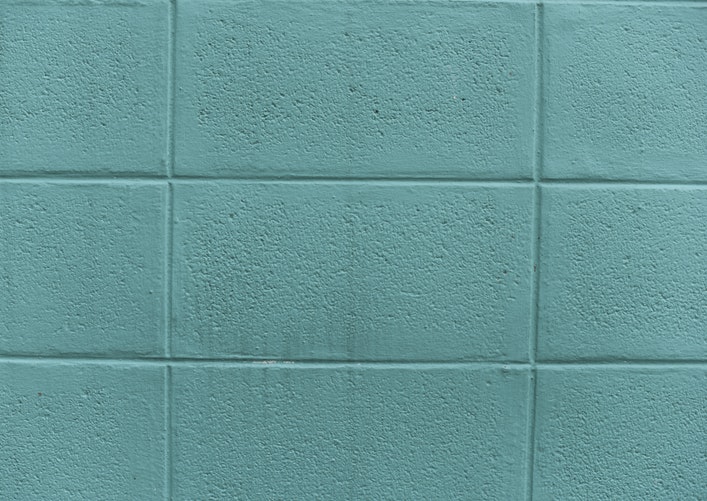
Structural violence – sexual violence is not just an individual issue
Structural violence is another term for social injustice that describes different forms of oppression such as gender inequality, sexism, racism...
***
Sexual violence is not just something that happens between people. There are ways in which the attitudes, beliefs, practices, customs and laws of society make sexual violence more and less likely to happen. Understanding the relationship between social injustice, structural violence and sexual violence is an important leap to make for those of us who want to live in a society that takes effective action to prevent and end all forms of violence.[Dr. Paul Farmer identified the term structural violence in 2005]
This video explains structural violence:
The term “structural violence” brings our attention to the forms of suffering and injustice that are deeply embedded in the ordinary, taken-for-granted patterns of the way the world is. The term encourages us to look for differences of power, wealth, privilege and health that are unjust and unacceptable. Social justice is the goal for society to achieve human rights, gender equality and health equity in the everyday lives of all people everywhere.
An ecological public health approach to sexual violence
The World Health Organization (WHO) advocates using an ‘ecological’ public health approach to prevent sexual violence.[World Health Organization. Preventing intimate partner and sexual violence against women: taking action and generating evidence. Geneva, World Health Organization, 2010] The approach looks at the whole environment of individuals in relationships, in community and in society to determine risk and protective factors.
- Individual-level influences include personal factors that increase the likelihood of an individual becoming a victim or perpetrator of violence.
- Interpersonal relationship-level influences are factors emerging from relationships with peers, intimate partners and family members
- Community-level influences are factors resulting from community and social environments such as schools, workplaces, neighbourhoods.
- Societal-level influences are larger, macro-level factors that influence sexual violence such as gender inequality, religious or cultural belief systems, societal norms and polices (social or economic) that contribute to tensions between groups of people.
People who are not oppressed often have difficulty seeing or believing social injustice exists because it’s not happening to them.
Adam Burtle. Structural Violence
Social injustice (in the form of structural violence) operates on multiple levels
Social injustice is rooted in oppression. Oppression is based on the idea that some people have more value than others. Beliefs about differences of individuals and groups of people with respect to race, class, sexual orientation, gender, ability, age, religion, body size or other markers of a person’s social location.
Even in Canada, equality is more an ideal than a reality. The gender wage gap is a good example. Women still make 31.5% (Ontario) less money than men.[See Canadian Women’s Foundation: The Facts about the Gender Wage Gap in Canada] That’s half the population that experience economic disadvantages because of their gender. Indigenous women, racialized women, trans women and women with disabilities face additional barriers and are more likely to live in poverty.[See Canada without Poverty: Just the Facts.] In this way, “poverty is sexist”.[See Poverty is Sexist]
The relationship between social injustice, poverty and sexual violence becomes clear when we see that the same groups who experience discrimination are also more likely to be poor and also experience higher rates of sexual violence.[See Canadian Women’s Foundation: The Facts about Sexual Violence and Harassment]
The ecology of social injustice:
- Individual and Interpersonal – attitudes and actions that reflect stereotypes that form prejudice against a social group
Example: the belief that heterosexuality is ‘normal’ and that the sex you are born with is for life – therefore gay and trans people are not ‘normal’. ‘Heternormative’ beliefs create prejudice and stereotypes that make queer and trans people more vulnerable to discrimination and violence. (1 in 2 trans youth (50%) report experiences of sexual violence[Forge: Transgender Rates of Violence, 2012])
- Community - Institutional – polices, practices, rules, norms and customs in organizations and social institutions that disadvantage some social groups and advantage others.
Example: Forms that are used in organizations that do not recognize same-sex relationships and that limit gender identities to either male or female from birth. The form reinforces the idea that only heterosexual couples are recognized as a valid relationship and the only legitimate choice for gender is your sex at birth. The practice of filling the form out is active discrimination - gay and trans people are excluded. In this way, the form imposes a reality that makes everyone who fills it out part of the discriminatory practice, even if they don’t personally share the prejudice.
- Societal / Cultural – social norms, roles, rituals, laws, policies, language, music and art that reflect and reinforce stereotypes and beliefs that some people have more value than others.
Example: Changes to the Criminal Code in 1948 and 1961 were used to brand gay men as “criminal sexual psychopaths” and “dangerous sexual offenders” in Canada.[Wikipedia] Until 1969, there were laws in Canada that made homosexuality a crime. The laws criminalized the LGBTQ community and justified the prejudice and discrimination shown by individuals. Even though the laws have changed, many people still struggle with homophobia.
Structural change helps change attitudes and beliefs
When the forms an organization uses are changed to include same-sex couples and when individuals have options to self-identify gender, the institutional message is that it’s okay to be LGBTQ.
When laws are changed to protect the rights and freedoms of people who have been oppressed, they have real protections that actively criminalize discrimination and challenge the deep-rooted attitudes and beliefs that create prejudice.[It wasn’t until 1995 that the Supreme Court of Canada ruled that protections for “sexual orientation” should be included in the Canadian Charter of Rights and Freedoms. Having rights and freedoms allows the LGBTQ community to expect to be treated like all other citizens. Other laws have followed. Same sex marriage was officially sanctioned in Canada in 2005. On May 17, 2016, the Canadian government introduced legislation that aims to help ensure transgender and other gender-diverse persons can live according to their gender identity and gender expression, by explicitly protecting them from discrimination, hate propaganda and hate crimes.]
When individuals who are not oppressed become allies willing to speak out against homophobia, racism, sexism, ableism and all forms of oppression, they help to change the social norms that keep others silent.
Did you know…
Approximately 5% of men commit over 90% of sexual assaults. The majority of men do not assault and can play a big role in preventing sexual violence.
Alan Berkowitz: Social Norms Toolkit
Changing Social Norms
People often mistakenly think others are less supportive of doing something to address sexual violence than they actually are. Bystander research on college campuses has shown that the majority of people who witness acts of sexual harassment and discrimination do not support the behaviour but often lack confidence in knowing how to respond.[Sulkowski, M. L. (2011). An investigation of students’ willingness to report violence in campus communities. Psychology of Violence, 1, 53-65]
Professionals working in organizations can become more aware of how the organization functions with discriminatory policies and practices that re-victimize people who come for help.



